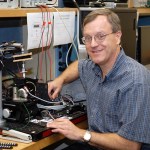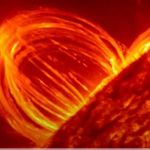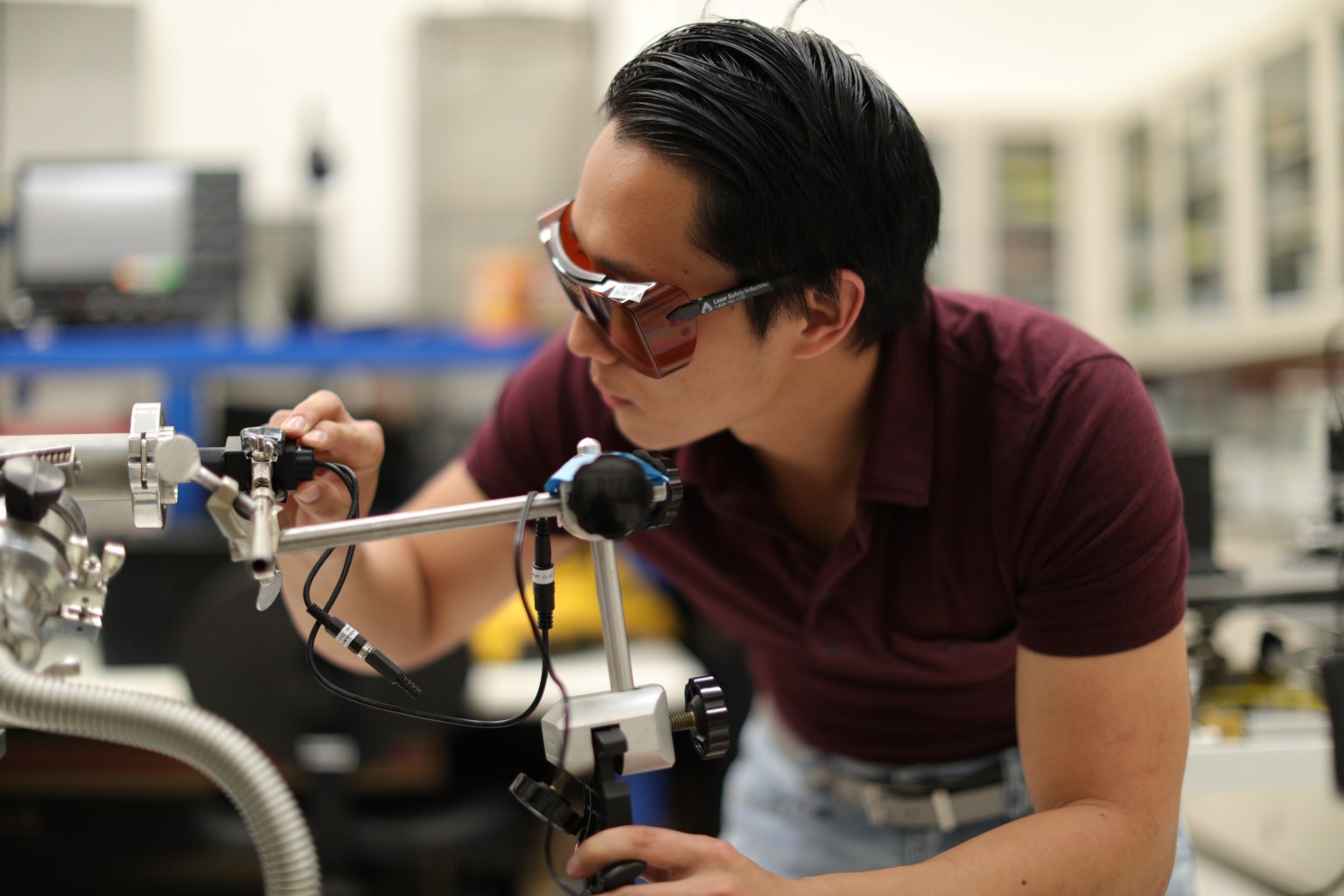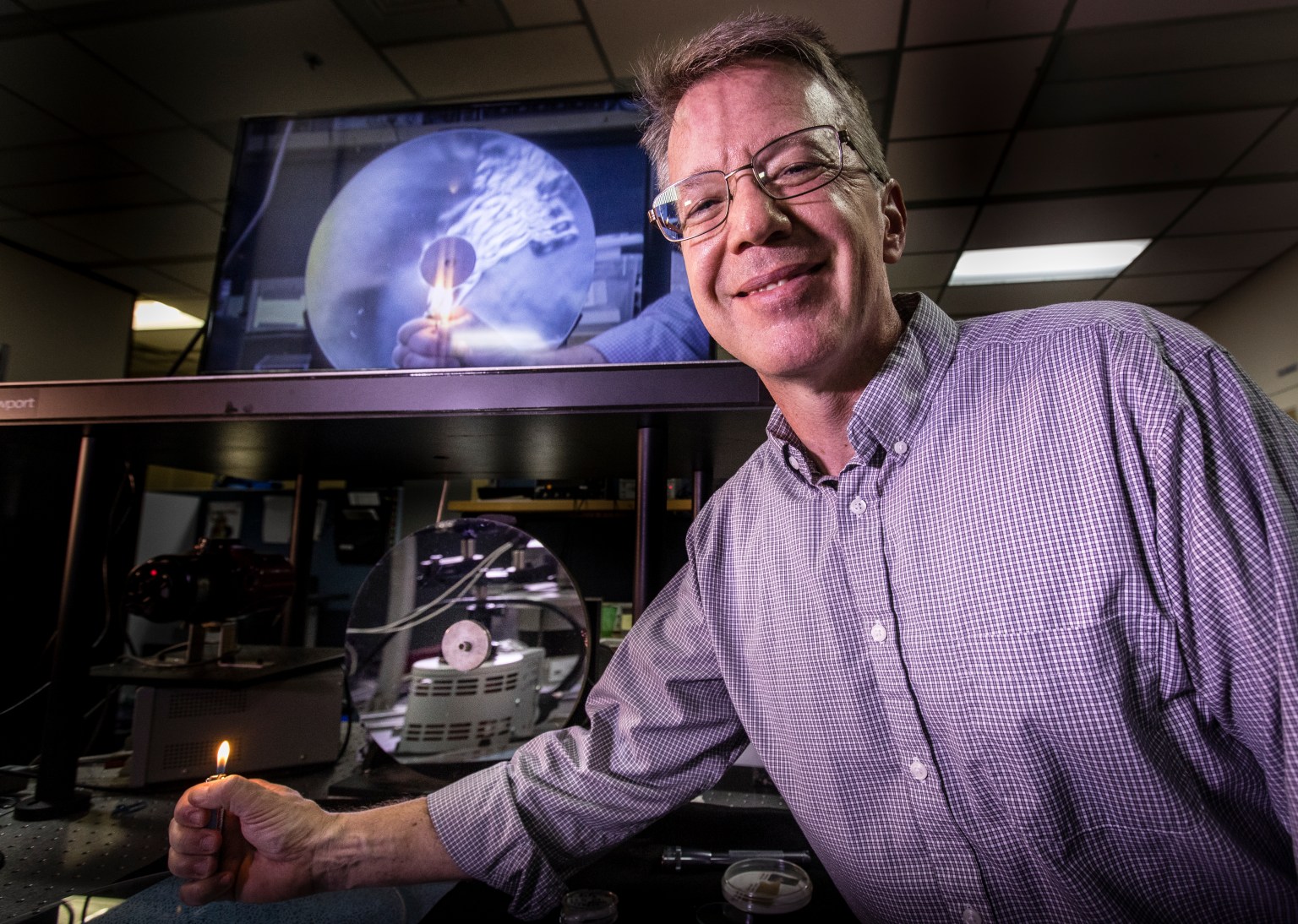
Applied Physics Laboratory
Overview
The Applied Physics Laboratory is a research facility located in the Neil Armstrong Operations and Checkout building at Kennedy Space Center. The lab conducts scientific investigations and works quickly to develop practical, innovative solutions to problems as they arise in support of ground processing and spaceflight.
The lab tackles complex, interdisciplinary technical issues involving fluids, heat transfer, material properties, optics, mechanics and other areas. Many problems can be solved with a combination of mathematic modeling and simple, inexpensive experiments.
History
The Applied Physics Laboratory began operations in 1989 as the Optical Instrumentation Laboratory, and a name change occurred in 1999. For 20 years, the lab supported ground processing for the Space Shuttle Program. The lab invented tools and systems for detecting flaws in the orbiter windows, including a light-coupling hand tool to illuminate and highlight defects, a window scanner to map defects and stress areas, and a portable tool to measure surface topography down to a height resolution of one micron.
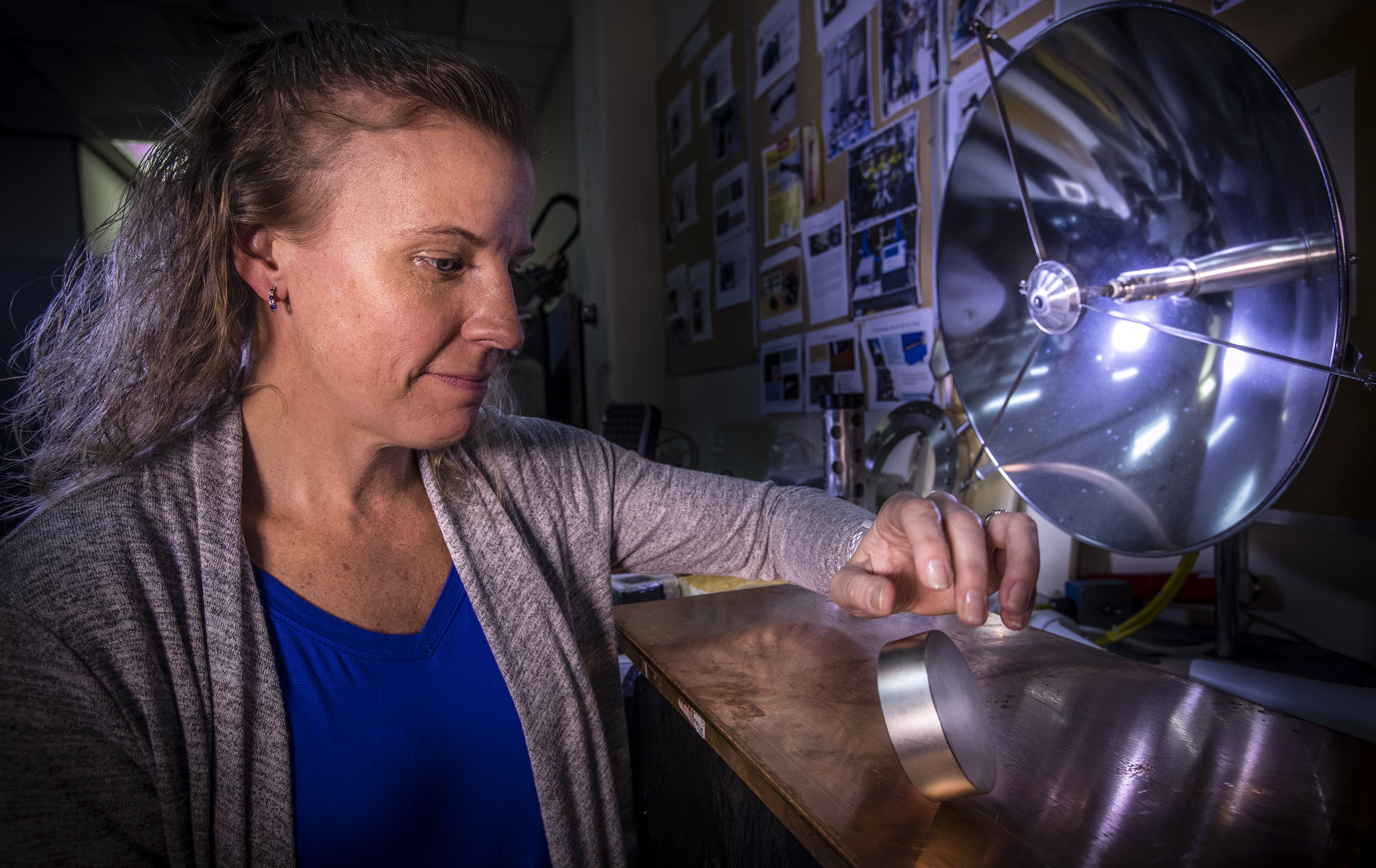
When the orbiter Atlantis experienced a significant and frustrating water absorption problem with its thermal protection tiles, the lab developed a solution that could dry 25 tiles in less than two hours using a vacuum system. When a sling used inside the Vehicle Assembly Building to suspend the orbiters was damaged, the lab determined the cause and designed a laser system to indicate strain and warn crews of impending damage.
The lab developed a number of devices over the years, patenting and commercializing applicable processes. Two items the lab commercialized were a laser-based scaling tool, originally made for the shuttle to measure bird scratches and damage from hail, and an ultrasonic leak detection tool, initially created to detect hydrogen leaks in the orbiter.
Current Work
The Applied Physics Laboratory is responsible for window inspection for Orion, the International Space Station, and commercial partners in support of current spaceflight operations.
Additionally, the lab is developing Solar White, a coating expected to be about 80 times more reflective than anything else currently available. The coating will protect systems from heat radiated from the sun and may open up new potentials for the long-term storage of cryogenics in space. It also may allow NASA to send spacecraft closer to the Sun than ever before, within one solar radius of the Sun’s surface – eight times closer than the Parker Solar Probe.
Related Content
For several years, the lab has been studying how to magnetically control the movement of small satellites. The lab demonstrated a formation flying concept, then evaluated the use of magnetic fields to control spinning of defunct satellites, and is now developing a satellite that can maneuver around the outside of the space station using only electro-magnetic forces.
The lab has recently supported the evaluation of ultrasonic sensors as a way to determine the amount of liquid inside hypergolic tanks. And the lab is helping resolve issues with the thermocouples used on spacecraft re-entry heat shields.
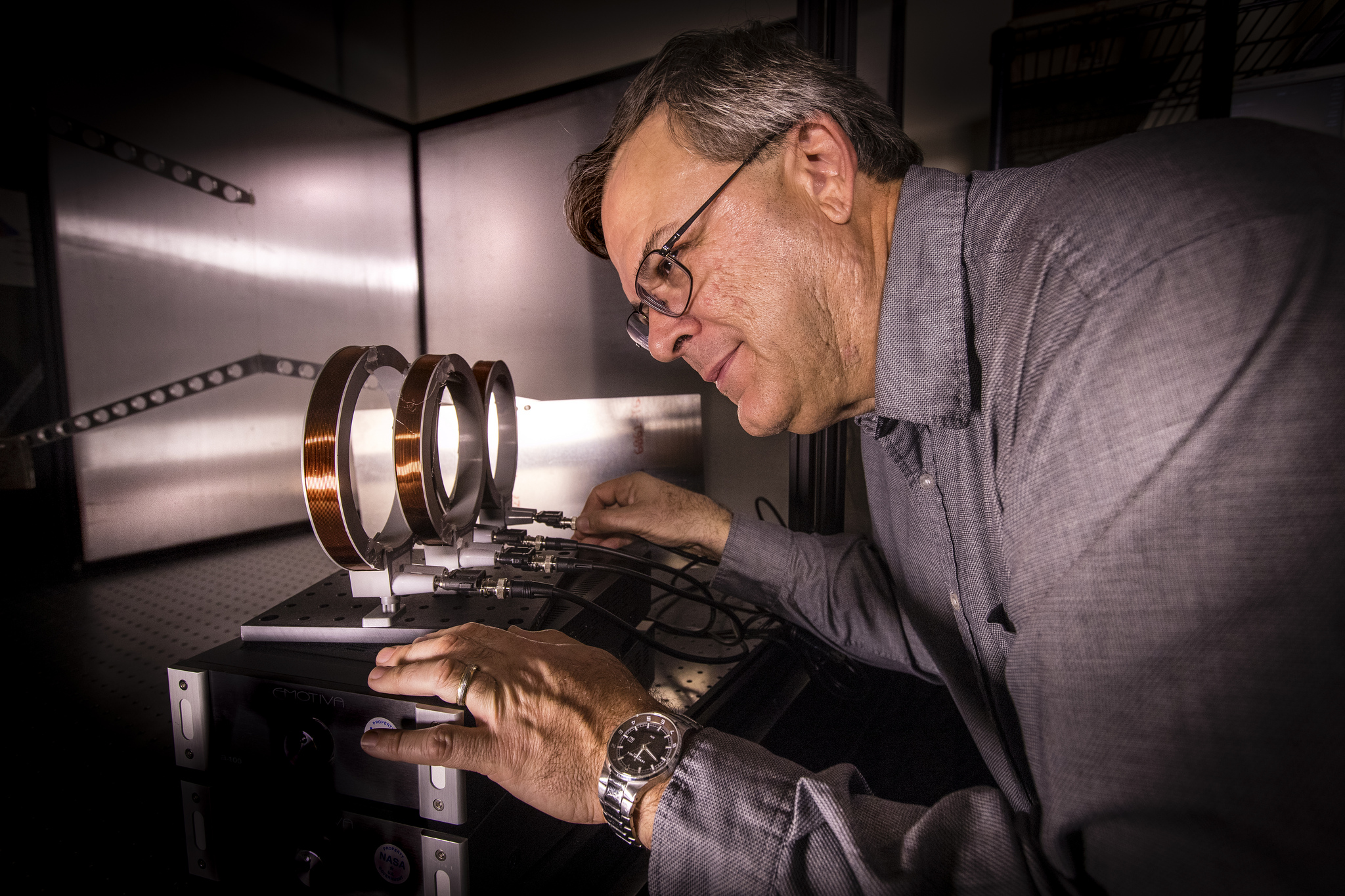
Software and Avionics
The Applied Physics Laboratory often tackles problems using electronics and software components as part of the solution. These experiments need data acquisition and control. Instrument development work done at the lab generally requires software and avionics support. The lab also supports researchers by creating a wide variety of avionics and software solutions ranging from supporting fundamental science tests in a lab through developing complex, integrated instrument systems in preparation for spaceflight.
The lab’s primary software and avionics project over the past several years has been in support of two lunar payload instruments, formerly part of the Resource Prospector mission, called Water Analysis and Volatile Extraction (WAVE) and Mass Spectrometer observing lunar operations (MSolo). These instruments should lead to a better understanding of the lunar soil as potential payloads on future missions to the Moon. The software team is using an iterative, agile approach to develop embedded payload and ground control software for these instruments. The avionics team also is modifying and developing commercial off-the-shelf electronics into radiation-tolerant payload controllers for the lunar environment for both instruments.
Accomplishments
The Applied Physics Laboratory has more than 40 published journal articles. It has 15 patents, with two additional pending.
























